Allied health services assist millions of Australians with disabilities and health concerns every day. Tube feeding is a big part of professional medical help for people with disabilities. After all, tube feeding formulas contain water, proteins, carbohydrates, fat, vitamins, and minerals, which are all the nutrients you need every day.
Feeding tubes are particularly important for a variety of disabilities and medical conditions, such as cerebral palsy, cancer, and short bowel syndrome. When people cannot chew and swallow food on their own, then tube feeding formulas deliver the necessary nutrients.
Before getting feeding tubes inserted, patients need to avoid food, water, and other liquids for at least six hours, and they may also have restrictions on diet and medication. Once the tubes are in, patients and caregivers need to follow these steps for successful tube feeding.
Sanitation is key for any healthcare or personal support service, especially tube feeding where contamination could result in serious illness, infection or intoxication. All individuals involved in the tube feeding process must wash their hands before prepping the formula or the patient. Thorough handwashing with soap and water is ideal, although alcohol hand sanitiser works well too.
To properly prepare tube feeding formulas, the top of the can should be washed, and the caregiver should wear gloves to follow the no-touch technique. Sterile water should be added to powder or liquid concentrate formula, and if it was refrigerated, the formula should be left out at room temperature for 15 minutes. Don’t forget to shake the formula bottle thoroughly before opening and store any remaining formula in the fridge for a maximum of 24 hours.
When administering tube feeding formulas, it’s important to follow the recommended positions to ensure the patient receives as many nutrients as possible and is comfortable throughout the feeding. Tube feeding should never be done while lying flat, as choking may occur. The correct positions are either sitting up straight in a chair or propped up in a half-sitting position on a couch or in bed. In the second position, the head should be raised between 45 to 90 degrees.
If you’re looking into professional help for people with disabilities, whether it be with tube feeding or other healthcare needs, rest assured reputable support services are available. Learn more about Allied Health services here.
Contact us online for Geelong’s disability support specialists, to learn more information on tube feeding.
